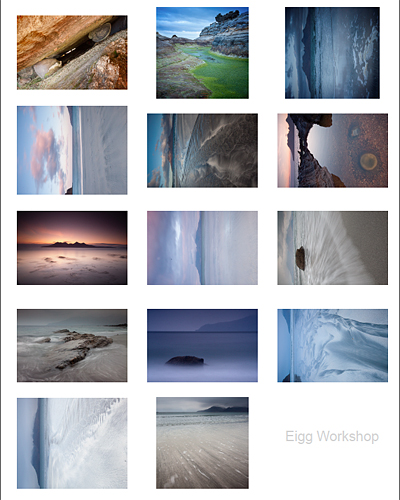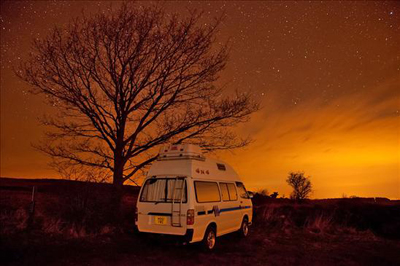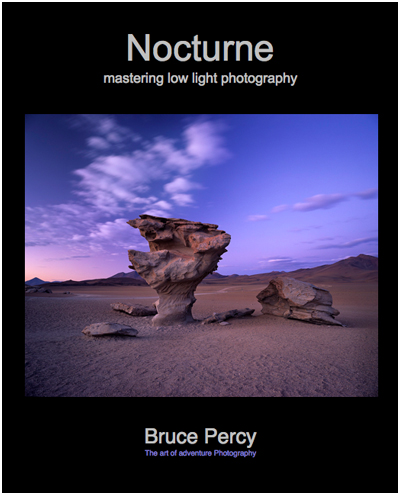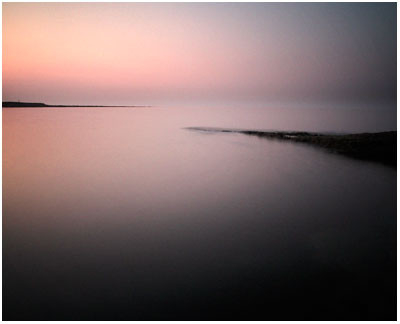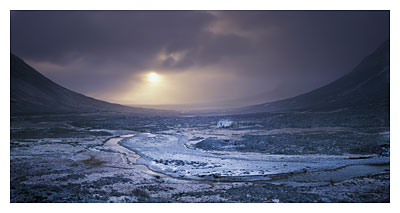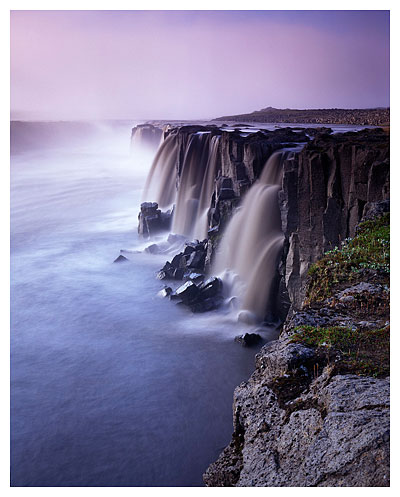I've been in contact today with Robert White, a fantastic camera shop here in the UK about buying the new Lee Filter Big Stopper. If you've not heard about the Big Stopper yet, it's a 10 stop full ND filter which basically greatly reduces the amount of light coming into your lens, so you can go crazy doing long exposures.
I'm a big fan of the Lee filter ND Grads and full ND's. They are very neutral. Over the past two years of doing my workshops, I've seen many people come on trips and try to cut corners by buying Cokin filters. Only to be disappointed by the poor filter holder and the colour shifts that are apparent in the filters.
So as much as Lee filters are expensive, they're very worth it in my opinion. But what I didn't know was just why the filters are so expensive, and when you hear how they are made, you'll have a better appreciation for the costs that they sell them at.
As usual, I got into a discussion about the terrible waiting times for any of the Lee Resin and Glass filters and the chap at Robert White started to tell me about the filter making process. He said that it takes roughly 1 hour to make a resin or glass filter. They're hand made and dipped into boiling dye. Depending on how hard or soft the graduation should be, they are dipped in at different rates. Then each filter is checked against a spectrometer for colour shifts and the filter is re-applied to another vat of dye to correct the colour shift. At each stage, they have to monitor the light fall off for each filter. It really is a long process.
When I considered this, it made me realise that the filters are pretty cheap considering how much time and effort goes into making them.
I've got a big stopper on back order (4 to 6 weeks). I love using full ND filters in the early morning light, but a 10 stop filter is more a requirement for mid day shooting (for me anyway - I shoot film, so I can't really go more than a few minutes on Velvia before something horrible happens).


